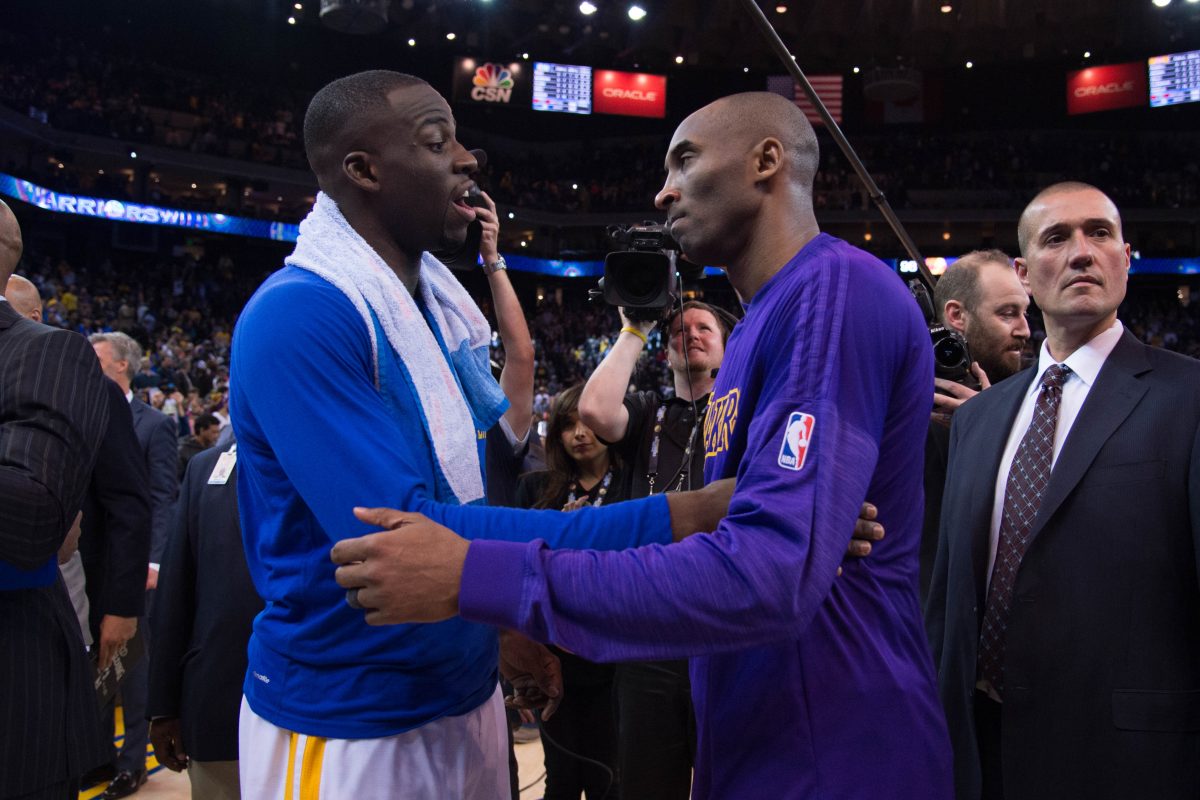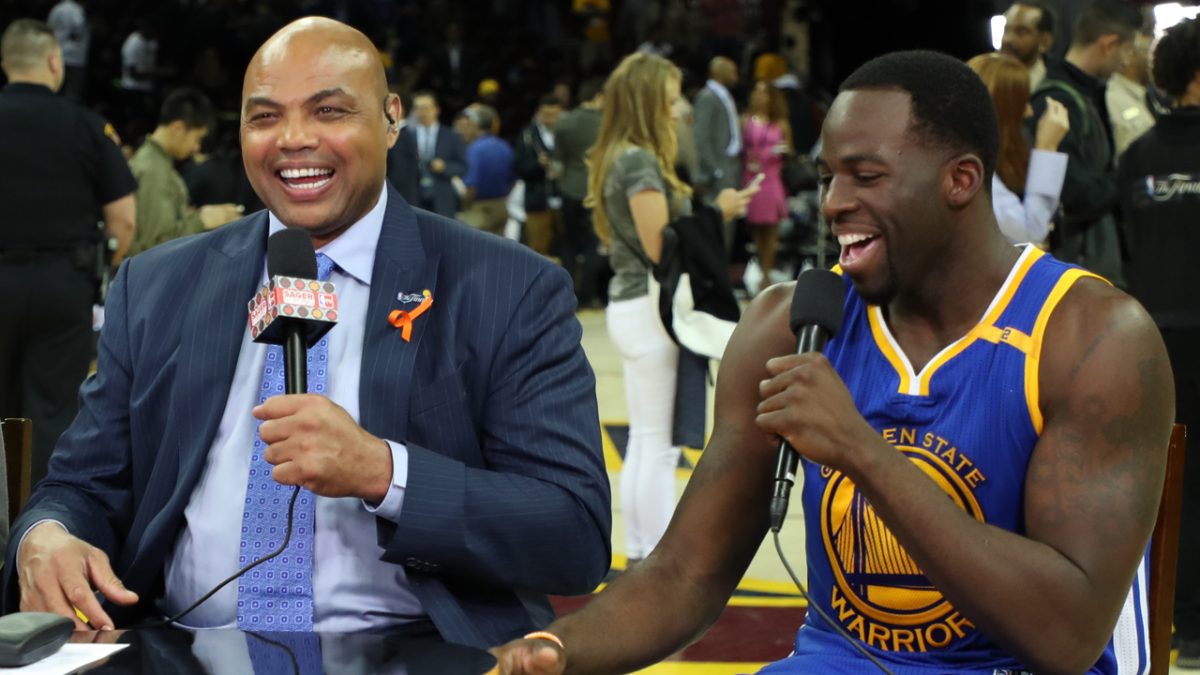It was arrogant, self-indulgent, audacious and eye-opening. It was exactly the type of thing that would come out of a billionaire living in Silicon Valley, a region that is soaked in competition, exorbitant wealth and the unflinching belief that those who succeed here are the pinnacle of human civilization.
"We're light years ahead of probably every other team in structure, in planning, in how we're going to go about things," Warriors owner Joe Lacob told the New York Times in 2016, when the Warriors were cruising toward an NBA record 73 wins. "We're going to be a handful for the rest of the NBA to deal with for a long time.”
Lacob took some heat for the comments. He's even said he regretted the comments while simultaneously sticking to his guns. Lacob shouldn't have been chastised for his comments, no more than a peacock should be shamed for strutting with his glorious feathers out.
Stay in the game with the latest updates on your beloved Bay Area and California sports teams! Sign up here for our All Access Daily newsletter.
After all, he was right.
[RUNNIN' PLAYS PODCAST: Listen to the latest episode]
Ten years ago Wednesday, Lacob and Peter Guber agreed to buy the Warriors from Chris Cohan. They were purchasing a team that had made the playoffs just one time in the past 16 seasons. A franchise worth $450 million led by a talented rookie point guard with ankles that many were unsure wouldn't hold up.
But where many saw a perennial loser, a bottom-feeder franchise that played its games on the side of the interstate in Oakland, Lacob, and those he surrounded himself with, saw possibility. They didn't see a 26-56 team with no path out of the NBA's basement. Instead, they saw a sleeping giant that could become a global phenomenon in Silicon Valley with the right people and practices shaping its future.
Golden State Warriors
Steph Curry already was in place. He hadn't become the generational star who would alter the way basketball is played yet, but his special talent was one Lacob, general manager Bob Myers and the Warriors believed a franchise could be built around. Tying your franchise hopes to a 6-foot-3 guard with ankle issues that followed his early career around like the specter of death is a bold choice.
And yet, the Warriors signed Curry to a $44 million extension in 2012, and the foundation of one of the NBA's greatest dynasties was laid.
By signing Curry to team-friendly extension, the Warriors had locked in the heart of the franchise but also were given the financial flexibility to build around him. For a number of teams, especially those with a long history of failure, betting on Curry wouldn't have come easy, and in fact a number of those teams the Warriors used to compare themselves to would have let Curry walk, waiting to become the punchline when his star reached the heights it was destined to.
"I believe in the culture of our players which is built around Steph Curry -- he’s a unique individual person, never mind basketball player," Lacob said last June while backtracking on the light-years comments.
Now, this isn't to say Lacob had a crystal ball and knew Curry would become one of the five most essential players in basketball history. A player who would fundamentally change the way the game is played, who all players' 3-point shots would be compared against and the most entertaining act in the NBA. Lacob couldn't have foreseen that. But he knew Curry, his work ethic and his talent. He also knew the risks all across the board. Forty-four million dollars is a bargain compared to the hit the Warriors new brand would take if Curry went elsewhere and became a star.
Betting on Curry was a risk worth taking and one that launched a dynasty.
The Curry extension and the nearly decade-long plan to build the Chase Center and move the team to San Francisco epitomize how accurate Lacob was when flaunting his organization's greatness in front of everyone's face.
Lacob and the Warriors' vision for the future, one centered around Curry, a move across the Bay and a plan to transform one of the dregs of the NBA into the bell of the ball, crystalized when Lacob and the Warriors cut bait with coach Mark Jackson, a popular coach fresh off back-to-back playoff appearances, and signed Steve Kerr. Lacob and the Warriors were able to sway Kerr away from Phil Jackson and the New York Knicks and prove the once incompetent Warriors had indeed joined the NBA's upper class.
Firing a coach who was popular with a large sect of the Warriors' fan base after two straight playoff appearances isn't a decision many used to living in the basement would make. They'd be happy with a moderate improvement, seeing additional playoff income as a bonus. But Lacob and the Warriors weighed the risk and saw a team whose potential wasn't being actualized, a good defensive team with a mediocre offensive game plan and a coach who didn't want to do the preparation work and often butted heads with ownership.
Kerr arrived, Curry took off and the titles rolled in. The Warriors transformed the way basketball was played. The NBA had been shifting toward smaller lineups and a focus on 3-point shooting for a few years -- look at how the 2014 San Antonio Spurs dismantled the Miami Heat -- but the Warriors took that to 11 and injected steroids into it. Their death lineup became the envy of the NBA. They made traditional centers go the way of the dinosaurs.
The keys were handed to Curry and Kerr and the former paupers of the NBA shot past everyone.
That was before Kevin Durant came and left. Before the construction on the Chase Center was completed.
Lacob had planned everything out. They invested around $1.5 billion in the construction of the Chase Center believing the income it generated would offset the luxury tax bill he was willing to pay to keep the greatest show on hardwood going.
When Lacob uttered his now infamous light-years comment he knew the Warriors, who were about to cap off the best regular season in history, were set up financially to add Durant, should the star want to come. And if Durant went elsewhere or stayed in Oklahoma City, no one could stand in the Warriors' way from league domination. It would take a Herculean effort from LeBron James to steal the 2016 title from the Warriors, and all that did was put Durant and in blue and gold.
Once again, Lacob couldn't foresee that. He's not Nostradamus. But from the time he took over, he has run the Warriors like they were an elite franchise before they actually became that. He surrounded himself with smart, forward-thinking people who had a clear vision for greatness, and how a team known as a laughingstock could turn the league on its head.
It took risk, guts, vision and a little bit of luck. That undoubtedly was baked into the recipe to create the jewel of the NBA.
[RELATED: How Kerr, Warriors are using long offseason to restart dynasty]
Empires rise, decay and collapse. Then they are rebuilt.
The Warriors entered Chase Center this season without Durant, who left for the Brooklyn Nets, and without Thompson, who spent the season rehabbing a torn ACL. They didn't look light years ahead in going 15-50 without Durant, Thompson and Curry -- who only played five games.
But the Warriors surely aren't entering the offseason without a plan to jump back into hyperspace at the start of next season.
Lacob ruffled the feathers of those who were struggling to get off the ground while the Warriors took their place in the pantheon of NBA greats. But the truth hurts. He paid $450 million for a franchise that now is valued at $4.3 billion.
The plan was executed flawlessly, with Curry and Kerr taking the Warriors from the depths of NBA hell to model franchise status. The rest of the NBA still has a lot of catching up to do.


